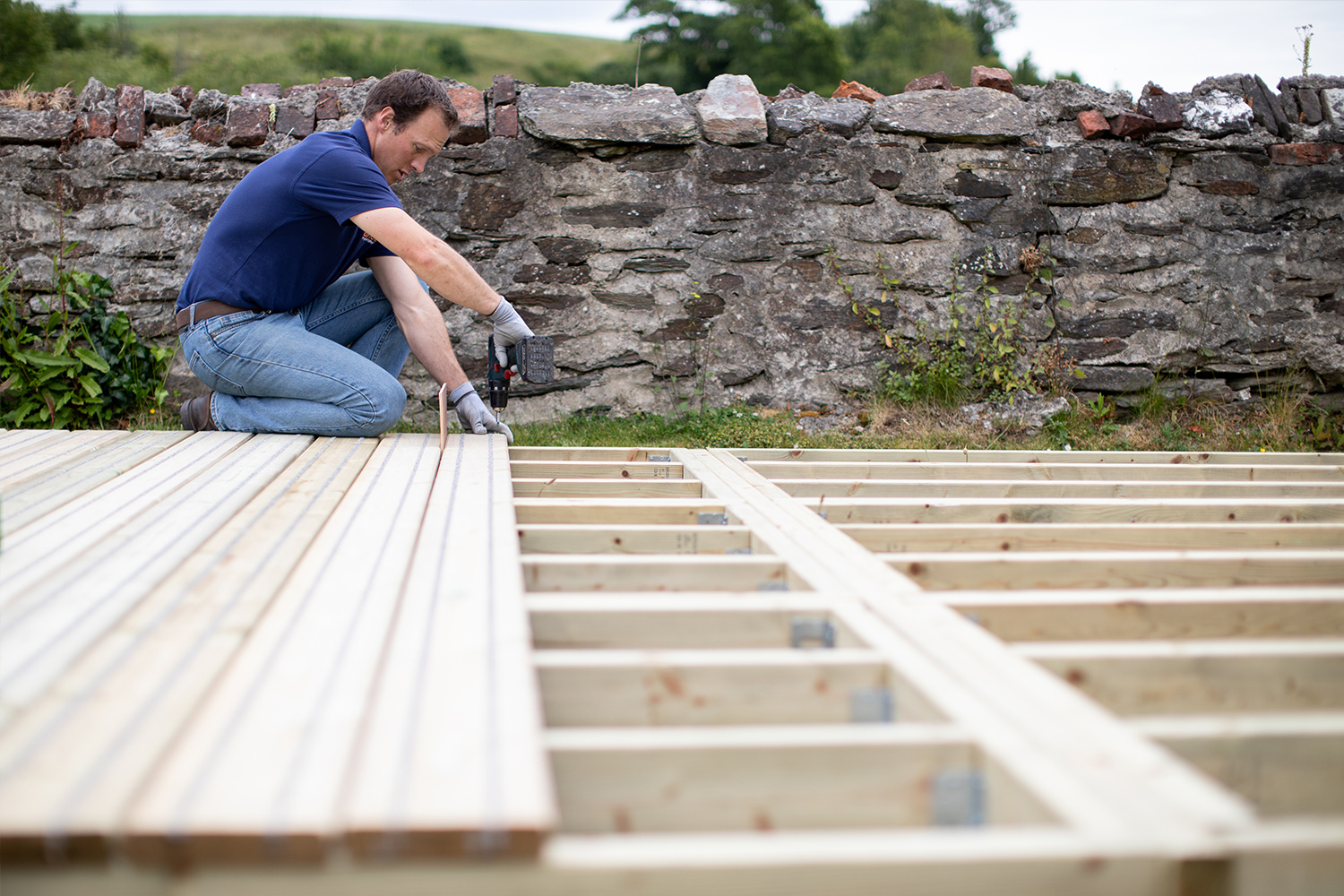There are plenty of things to think about before you start building your decking; what weight will it hold, how high do you want it to be and what do you want to use it for?
If you are building up from a hard surface such as concrete, then you don’t have to worry about preparing the ground. However, you will need a solid subframe to get things going. Our base plate pedestals can assist with easily and efficiently setting up decking subframes made from wood, wood-based materials or aluminium.
Are you working with uneven or sloping concrete? While level gardens do make it easier to install your own decking, it can be fitted to even the steepest of slopes and still be level.
We offer a range of height adjustors that work to the nearest millimetre and attach to the base plate pedestals. They’re designed to increase the height adjustment between the substructure and the foundation. Construct the subframe of your decking first and from there you can measure the height needed for each adjustor. This gives much more flexibility when you’re installing the deck. Not to mention, they are all heat and frost resistant making them the perfect, hard-wearing accompaniment to your outside decking.
